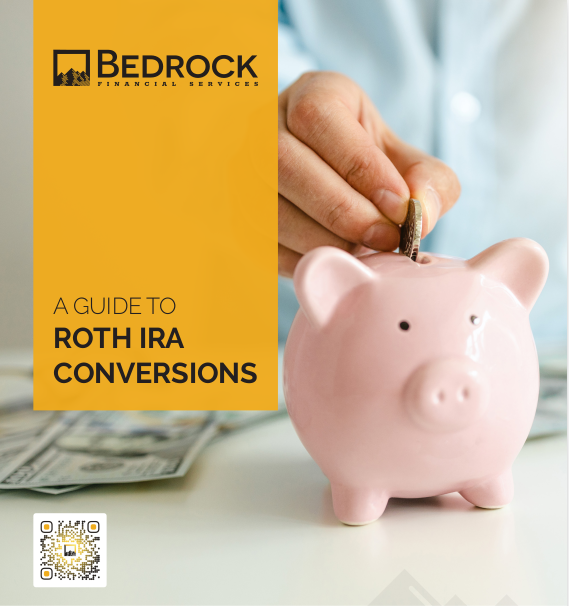Key Takeaways
-
The most persuasive part of a client testimonial is not the praise—it’s the moment of hesitation, vulnerability, or decision that builds emotional credibility.
-
When you know what to look for in a testimonial, you can select, request, and spotlight stories that trigger action rather than just admiration.
Testimonials Aren’t Sales Copy—They’re Emotional Echoes
You’re not just collecting kind words. You’re collecting turning points. The purpose of a client testimonial is not to confirm how great you are—it’s to reflect a before-and-after experience your future clients recognize themselves in.
What makes a testimonial truly powerful is not the flattery. It’s the moment of tension. That one sentence where someone admits, “I wasn’t sure it was going to work,” or “I had been burned before,” or “I thought it was too late.”
That’s the line that sticks. That’s the one you’re looking for.
The Hidden Line That Does All the Work
Praise like “amazing service” or “very professional” is background noise now. Everyone says it. But what matters is:
-
What the client felt before they decided to work with you
-
The fear, frustration, or confusion they had to overcome
-
What changed after the interaction—and what surprised them
Here’s what to scan for in a testimonial:
-
An emotional turning point: “I had no idea what I was doing, but…”
-
A risk or reluctance: “Honestly, I didn’t think I could afford to make a change.”
-
A simple moment of realization: “After that first meeting, something just clicked.”
These phrases are worth more than a paragraph of praise.
How to Prompt Clients for Better Testimonials
You don’t need to coach your clients to say nice things. You need to guide them to tell their story. Structure your testimonial requests to bring out real emotion, real timelines, and real growth.
Here’s how:
Ask About the Before
-
“What was happening in your life before we started working together?”
-
“What made you finally decide to talk to someone about this?”
This gives context. It paints the scene. Without it, the testimonial floats in empty space.
Ask About the Hesitation
-
“Was there anything that made you pause before saying yes?”
-
“What were you most concerned about in making this decision?”
These questions get to the line you’re after—the emotional hinge.
Ask About the After
-
“What feels different now compared to before we started?”
-
“What surprised you most about the experience?”
This shifts the testimonial from a description into a transformation.
What to Cut—and What to Keep
When editing a testimonial for your website, social media, or print material, you don’t need to keep every sentence. But you must keep the line that communicates the change.
Trim the excess:
-
Long explanations about details that don’t add emotion
-
Generic praise without personal context
-
Repetitive compliments that don’t advance the story
Keep the anchors:
-
Any moment of vulnerability or honesty
-
Statements that reference time (e.g., “After six months…” or “Within two weeks…”)
-
Descriptions of what life felt like before and after the experience
Make the testimonial flow like a story—not a review.
Why the Power Line Isn’t Always the Most Obvious One
Sometimes the strongest sentence is buried halfway through a paragraph, written in a tone so casual you might miss it. It’s the “I didn’t think anyone could help me anymore,” or “I used to lose sleep over this every week.”
These aren’t punchlines. They’re pain points. And when future clients read that line and say, “That’s exactly how I feel,” the testimonial starts doing its job.
Your goal isn’t just clarity. It’s emotional resonance.
Use Testimonials to Answer Unspoken Questions
Think of the objections your future clients are holding silently:
-
Will this be worth the cost?
-
Am I too late to fix this?
-
Will someone like me really get results?
Now imagine a testimonial that answers those questions without ever directly addressing them. That’s what the power line does. It speaks to the doubt, and then gently clears it away.
Use testimonials not to prove you’re excellent—but to prove you’re relatable. Not to say “look how great I am,” but to say “you’re not alone in this.”
Don’t Just Use Testimonials—Build a Library of Emotional Touchpoints
Your goal shouldn’t be a single glowing quote. It should be a catalog of stories that speak to different:
-
Client types
-
Emotional pain points
-
Life stages
-
Financial goals
Use testimonials that speak to transitions:
-
From debt to control
-
From confusion to clarity
-
From fear to action
Organize your testimonials by what they emotionally solve—not just what services they describe.
Formats That Highlight the Power Line
Sometimes the most effective testimonial isn’t the longest. Or even the most detailed. What matters is how clearly it hits that emotional hinge.
Short-Form Callouts
Use a bold pull quote on a landing page: “I thought it was too late to start saving—turns out I was wrong.”
Video Clips
Highlight the moment where the client says, “Honestly, I didn’t think this would work.” Then show their results.
Email Signatures
Add a single sentence in your email footer: “We felt overwhelmed before, but now we feel in control.”
These subtle placements work best because they don’t scream for attention—they build trust passively.
Use Testimonials as Emotional Proof, Not Technical Evidence
You’re not trying to prove how many products you offered or how fast your response time was. You’re showing that what you do matters. That it changes things for people.
Focus less on:
-
Listing features of your service
-
Emphasizing knowledge or credentials
And focus more on:
-
Stories that show emotional change
-
Comments that reflect real relief, surprise, or confidence
Think in Timeframes: When Did the Change Happen?
Timelines build credibility. “After just one conversation…” or “Six months in…” gives a mental frame for how long change might take.
Future clients aren’t just asking “Will it work?” They’re asking “When will it work?”
In 2025, with so many options and platforms available, what feels credible isn’t speed or scale—it’s believability. Real people, making real progress, within a believable amount of time.
Highlight that.
Testimonials Are Your Echo Chamber—Shape It Thoughtfully
Every quote you showcase teaches your audience how to see you. So use the lines that reveal, not just the ones that impress.
When someone admits a fear and then shares a breakthrough, they create a mirror for the next person. That mirror is far more powerful than any award or accolade.
Show your human impact, not your highlight reel.
Let’s Help You Build a Testimonial Strategy That Works
When you work with Bedrock Financial Services, we help you move beyond surface-level testimonials. We support you in building an emotional marketing toolkit that includes client interviews, storytelling frameworks, and testimonial placements that convert.
You don’t have to piece this together alone. We know how to help financial professionals like you get remembered—and trusted—for the right reasons.
Sign up with us today to see how we can elevate your client story strategy.







